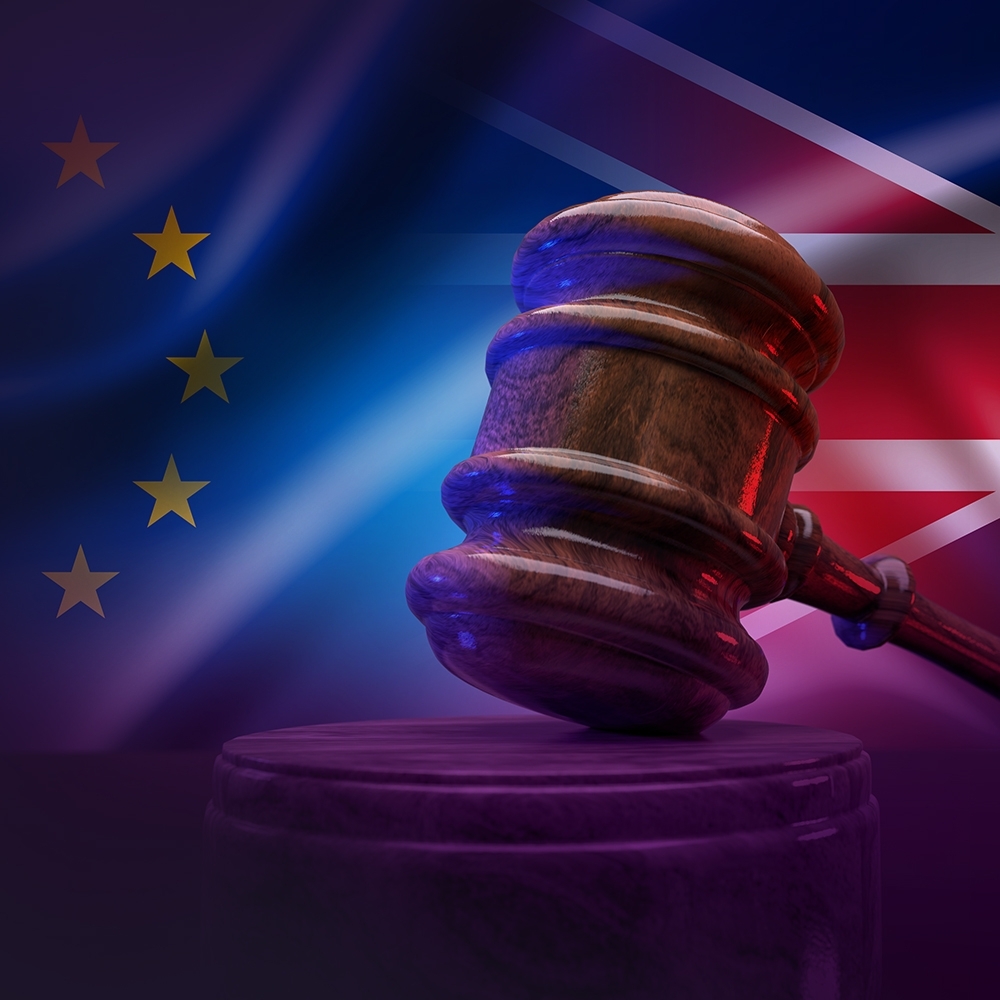27.01.2021
Developing a design registration strategy that balances breadth and strength, to give you the best possible protection.
Thank you
Crafting the scope of protection for your patent or design right relies on striking the right balance between two factors: breadth and validity. You will want to make the right as broad as possible, to capture any possible infringement and minimise the room available for someone to work around your right. But if a right is so broad as to encompass pre-existing designs or technology (prior art), it will no longer be valid – narrowing a right means it is more likely to withstand validity challenges.
If you could have a complete picture of all the prior art and of all potential infringements at the point of filing the right, then you could carefully craft the scope to give you the broadest possible valid protection. But this is hardly ever possible in reality, of course. When filing a design or patent application, you might have some knowledge of prior disclosures, but it will probably be incomplete. While you can guess what your competitors might want to do, you can’t know exactly what every future infringement might look like. Part of the skill of a good patent or design attorney is in predicting some of these hypotheticals, and pitching protection at the right level in spite of the unknowns.
Because of some inherent differences in the patent and design systems, this balancing act can be a little easier for patents than for designs.
The patent system is relatively well built to accommodate these two competing factors. A patent application will typically have a series of claims that start broad, and then narrow down by adding progressively more detailed features.
The scope of protection is initially set by the broadest patent claim. If this broadest claim is rejected by an Examiner during examination, or found invalid in post-grant proceedings, features can be added from the narrower claims to restore validity. A patent therefore comes with a network of different fall-back positions, and you can react to newly uncovered prior art by shrinking the scope accordingly.
One important effect of this is that it allows you to be quite bold in pitching the initial scope of your patent claims, because there is a built-in safety net.
Designs, by contrast, are more of a one-shot right – at least in the EU and UK.
The scope of a registered design is defined purely by the images that are filed. The images must clearly define a single design that has a single scope: there are no narrower alternatives built in. If it turns out later that the design represented in those images was not new, the design will be invalid. Unlike a patent application, there is no opportunity to narrow down the design later to restore validity.
When pitching the scope for a single registered design, a bold strategy is therefore rather more risky for designs than for patents, since there is no safety net.
If you have developed a new product and want to seek design protection, then you need to think carefully about pitching the scope to balance these two factors. If you go too broad, then you risk invalidity. But if you go too narrow, then you leave scope for infringers to design around your protection. Where on the spectrum is most appropriate?
If you are only really concerned about straightforward knock-offs that look identical to your product, then a single narrow design filing may be sufficient for your needs. But if you want broader protection, for example to stop anyone capturing the essence of your design without copying every feature, then you will need to aim broader, and this carries greater risks of invalidity.
However, there is a feature of the registered designs system that helps to accommodate this risk. Compared to patents, designs are relatively inexpensive, and both the EU and UK systems have mechanisms to file multiple designs together at reduced costs. This means that a thorough design strategy will often involve multiple designs, pitched at multiple points on the spectrum, making use of these cost-reduction mechanisms.
This allows you to aim at broader protection while mitigating some of the risk by including additional designs as fall-back positions. If your broadest design is invalidated, then there will be narrower designs in place that could survive a validity attack. This creates a similar effect to drafting patent claims of cascading scope. It also creates a thicket of protection around your design, capturing different design aspects.
There are many ways to tailor the scope of a registered design. You can scale the scope up and down by adding and removing features from the drawings, or by disclaiming features. You can also change the scope with different types of images: line drawings protect only the shape; grey scale images will include surface features and contrast regions in the scope; colour images will narrow the scope to incorporate colour.
A thorough design strategy will start with a broad right that captures the core essence of the design. It will then explore more specific design features that can be brought in to narrow the scope in different directions.
A cost-effective strategy will set all this against your budget and prioritise some of the many options that will be available - and it will do this in a way that aligns with your commercial goals.
Weighing up all these factors to pick the right points on the protection spectrum, and then making sure the design images accurately reflect the intended scope requires professional judgement and skill. This is where a good design attorney will add value for you: they will help you make decisions about protection and guide you in getting the right drawings together. With the right input, you will be guided towards broad but robust design protection that can withstand unexpected events, and set you up for the best possible market advantage.
Keltie’s design team has a wealth of experience in advising on design rights, and making the process smooth and simple for you, so get in touch if you have a design you would like to protect!

21.09.2023
Deadline approaches for the EPO’s “10-day rule”The “10-day” rule, which determines how the response deadlines to certain European Patent Office (EPO) communications are calculated, is to be abandoned from 1 November 2023.

14.02.2024
2023 Trade Mark and Design updates - UK and EU case lawExplore trade mark and design case law in our exclusive recorded webinar by Charlotte Wilding, Partner and Trade Mark Attorney at Keltie. In this insightful session, she looks back at the key 2023 UK and EU trade mark and design case law updates.
Thank you